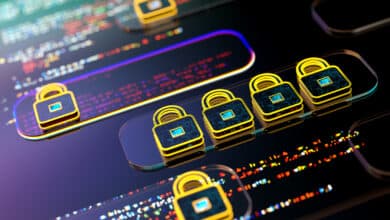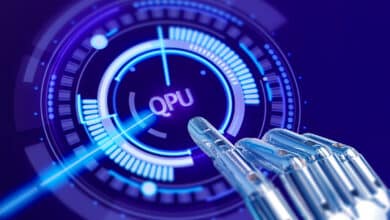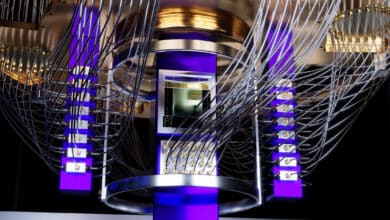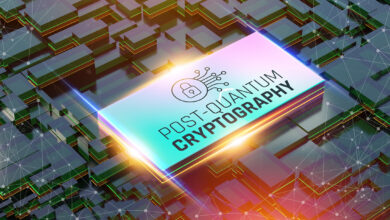All Post-Quantum, PQC Posts
-
Q-Day
Q-Day Revisited – RSA-2048 Broken by 2030: Detailed Analysis
It’s time to mark a controversial date on the calendar: 2030 is the year RSA-2048 will be broken by a quantum computer. That’s my bold prediction, and I don’t make it lightly. In cybersecurity circles, the countdown to “Q-Day” or Y2Q (the day a cryptographically relevant quantum computer cracks our public-key encryption) has been a topic of intense debate. Lately, the noise has become deafening:…
Read More » -
Post-Quantum, PQC, Quantum Security
Cryptographic Inventory Vendors and Methodologies
Achieving a comprehensive cryptographic inventory often requires combining multiple tools and methodologies. Each solution above has blind spots: one might excel at catching code-level issues but miss network usage, another might see network traffic but miss dormant code, etc. Organizations starting a crypto inventory (especially as part of PQC readiness) should evaluate these tools in terms of their environment: for example, pairing a passive network…
Read More » -
Q-Day
What Is Q-Day (Y2Q)?
Q-Day, sometimes called “Y2Q” or the “Quantum Apocalypse”, refers to the future moment when a quantum computer becomes powerful enough to break modern encryption algorithms. In other words, it’s the day a cryptographically relevant quantum computer (CRQC) can crack the public-key cryptography (like RSA or ECC) that underpins our digital security. The term “Y2Q” stands for “years to quantum,” an explicit nod to the Y2K…
Read More » -
Post-Quantum, PQC, Quantum Security
Quantum Readiness Assessment
A Quantum Readiness Assessment (QRA) is an in-depth review of an organization’s preparedness for the advent of quantum computing - especially its ability to withstand or adapt to the "quantum threat" posed by quantum computers that could render current cryptography obsolete. In practical terms, a QRA examines how an organization’s systems, data, and processes would hold up if cryptographically relevant quantum computers were available today.…
Read More » -
Post-Quantum, PQC, Quantum Security
The Enormous Energy Cost of Breaking RSA‑2048 with Quantum Computers
The energy requirements for breaking RSA-2048 with a quantum computer underscore how different the post-quantum threat is from conventional hacking. It’s not just about qubits and math; it’s about megawatts, cooling systems, and power grids. Today, that reality means only the most potent actors would even contemplate such attacks, and even then only for the crown jewels of intelligence. Tomorrow, advances in both quantum engineering…
Read More » -
Post-Quantum, PQC, Quantum Security
Breaking RSA Encryption: Quantum Hype Meets Reality (2022-2025)
To put it plainly, if you encrypted a message with an RSA-2048 public key today, no one on Earth knows how to factor it with currently available technology, even if they threw every quantum computer and supercomputer we have at the task. That may change in the future – perhaps in a decade or even less if quantum tech continues its exponential development. Or perhaps…
Read More » -
Post-Quantum, PQC, Quantum Security
Post-Quantum Cryptography (PQC) Standardization – 2025 Update
Post-quantum cryptography (PQC) is here - not in theory, but in practice. We have concrete algorithms, with standards guiding their implementation. They will replace our decades-old cryptographic infrastructure piece by piece over the next decade. For tech professionals, now is the time to get comfortable with lattices and new key sizes, to update libraries and protocols, and to ensure crypto agility in systems. The transition…
Read More » -
Post-Quantum, PQC, Quantum Security
NIST PQC Security Strength Categories (1–5) Explained
As part of its post-quantum cryptography (PQC) standardization, NIST introduced five security strength categories (often labeled Levels 1-5) to classify the robustness of candidate algorithms. Each category represents a minimum security level that a PQC algorithm’s cryptanalysis should require, defined by comparison to a well-understood "reference" problem in classical cryptography. In simpler terms, NIST set floors for security: if a PQC scheme claims to meet…
Read More »







